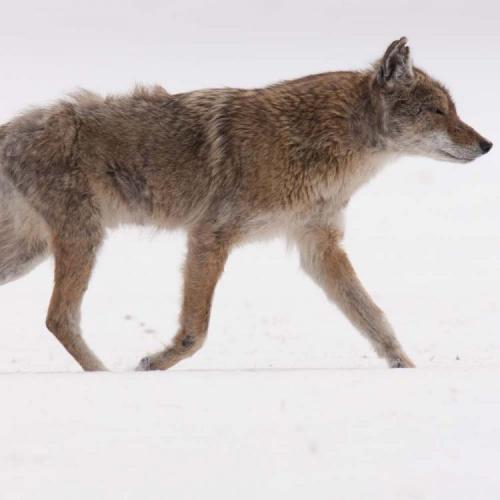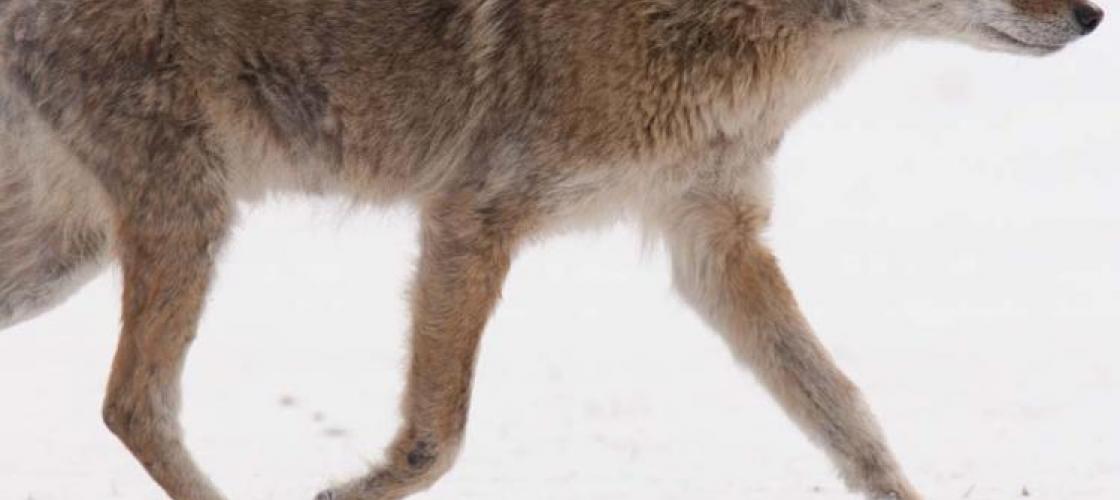Wile E. Coyote never could catch the roadrunner in cartoons, but real coyotes have a resilience that helps them survive and thrive.
Coyotes were a western animal at one time. Lewis and Clark didn’t see one until South Dakota and wrote about seeing a new type of fox. Coyote is an old Aztec name. They were called "the trickster" in Native American lore. Two famous Missourians contributed to their image, pro and con. Mark Twain wrote about the coyote as a cowardly wretch living off carrion. Walt Disney produced six favorable films on coyotes in the 1960's.
Yet, in the 1930's, little was known about coyotes' feeding habits. Fears for large game species and livestock led to widespread efforts to eliminate them. As eradication efforts increased, coyotes expanded across the country, at times interbreeding with wolves and dogs.
Coyote packs scatter as singles and pairs when under pressure. They can also change their breeding. Coyotes call out to other packs to take a census of their population. When calls are not returned, coyotes have larger litters of pups.
Coyotes have adapted well to cities and suburbs today, coexisting in parks, green spaces, golf courses, cemeteries, common grounds, and subdivisions. Conflicts can arise between people and coyotes, especially concerning small pets.
Coyotes breed in February and March. Their pups are born 60 days later. Most urban conflicts tend to occur during April and May as coyotes are seeking food for their pups. Understanding coyotes will help deal with nuisance issues and foster respect for an iconic survivor of the American frontier.
Material sourced from National Geographic, Dan Flores, How the Most Hated Animal in America Outwitted Us All.
Dealing with Coyotes in Urban Areas:
To prevent coyotes from getting comfortable in your yard or on your property, an MDC wildlife biologist stresses three key points: food, fear, and vigilance.
- Do not leave pet food outside. Securely cover trash cans and wait to put them out until closer to pickup. Also keep in mind that coyotes may not be interested in bird feed, but will pursue squirrels that may be attracted to your feeders.
- Keep coyotes fear of humans intact by discouraging them by yelling, and making other loud noise, blowing air horns, throwing rocks, spraying garden hoses. Coyotes are less likely to return to an area after an unpleasant encounter.
- Be vigilant with pets and do not leave them outside unattended, especially during dusk, nighttime and dawn. Coyotes are most active during these times and owners should be with their pets and have them in constant view during these times.
- Installing a fence around yards may help as well. Fences should be at least six feet high and dug into the ground six inches deep to prevent coyotes from digging under or jumping over them.
Find more information for rural areas, see coyote control.


Recent Posts
























